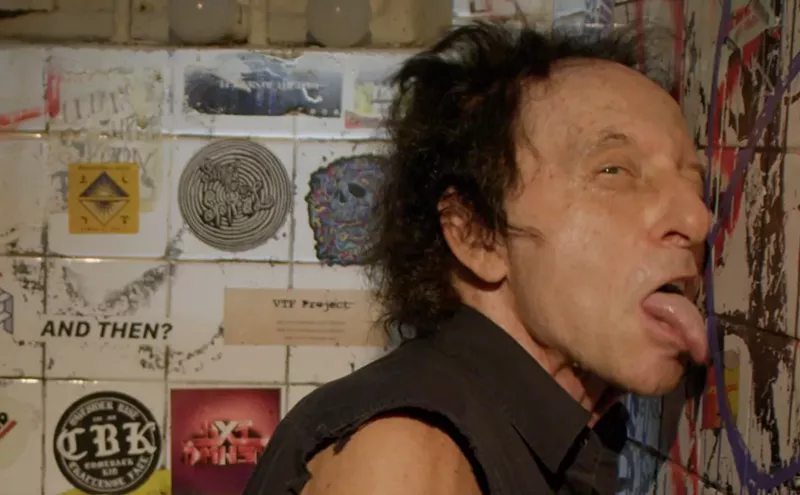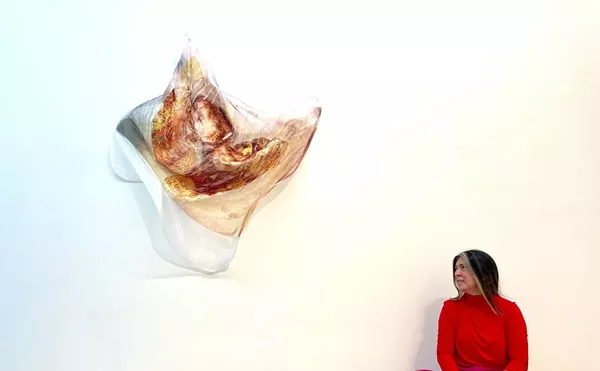Even though the members of Stalker found the river to be "Miami's only site that resists domination of the square block," they still had difficulty surveying the historically and culturally dense but neglected region by foot because of literal and figurative gridlock. As Stalker's Website states: "Today the [Miami] River is more or less a border that we would like to help transform into a public space where different communities would be able to meet and get to know each other." To that end the collective orchestrated activities: passing out coffee to commuters who were waiting for the drawbridge, going door to door along the river to meet its neighbors, and conducting public walks.
The evidence of their experience is an installation at Locust Projects called "DominoMiami," for which Stalker created giant dominoes to represent city blocks. Instead of dots these dominoes possess the names of 63 cultural communities in South Florida they found documented by the Historical Museum of Southern Florida. In Stalker's thematically rich version of the game (complete with a specially created map and elaborate playing instructions), blocks are moved and connected to display various permutations of communities. As Stalker explains on its Website (http://stalkerlab.homepage.com/) about its first U.S. endeavor: "DominoMiami is an open game to play all the possible combinations of spaces and people along the Miami River." Stalker member Anna Lombardi adds that they often use playful methods to address serious ideas.
Along with lectures and the creation of a Website, the ongoing Miami Arts Project event also contains a land-based component. "The Billboard Project" features text and images by artists Dan Graham, Jack Pierson, Andrea Robbins, Max Becher, Mark Robbins, and Carrie Mae Weems that appear on more than 60 billboards and a number of bus shelters throughout neighborhoods, such as Little Havana and Overtown, bordering the Miami River.












